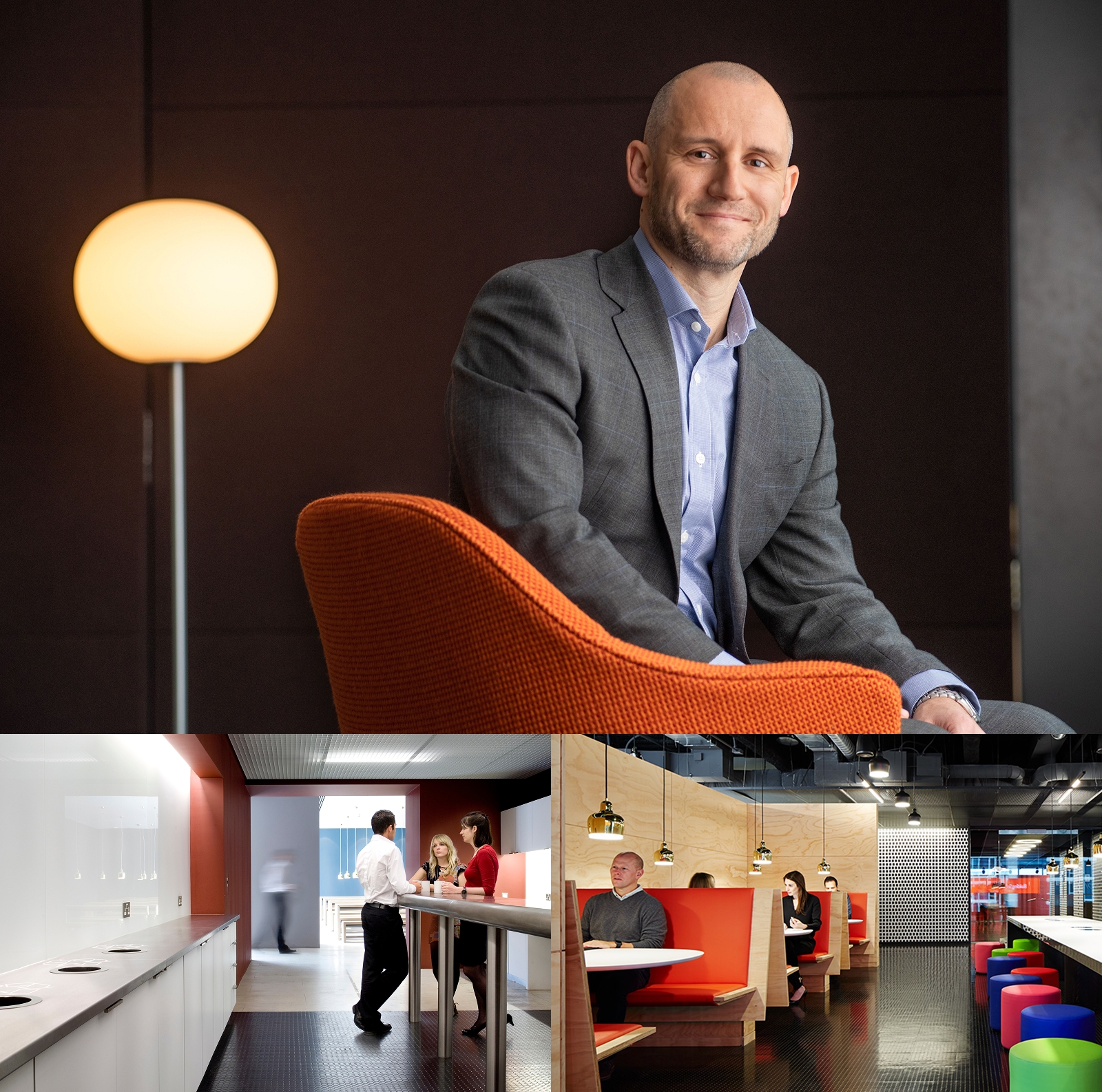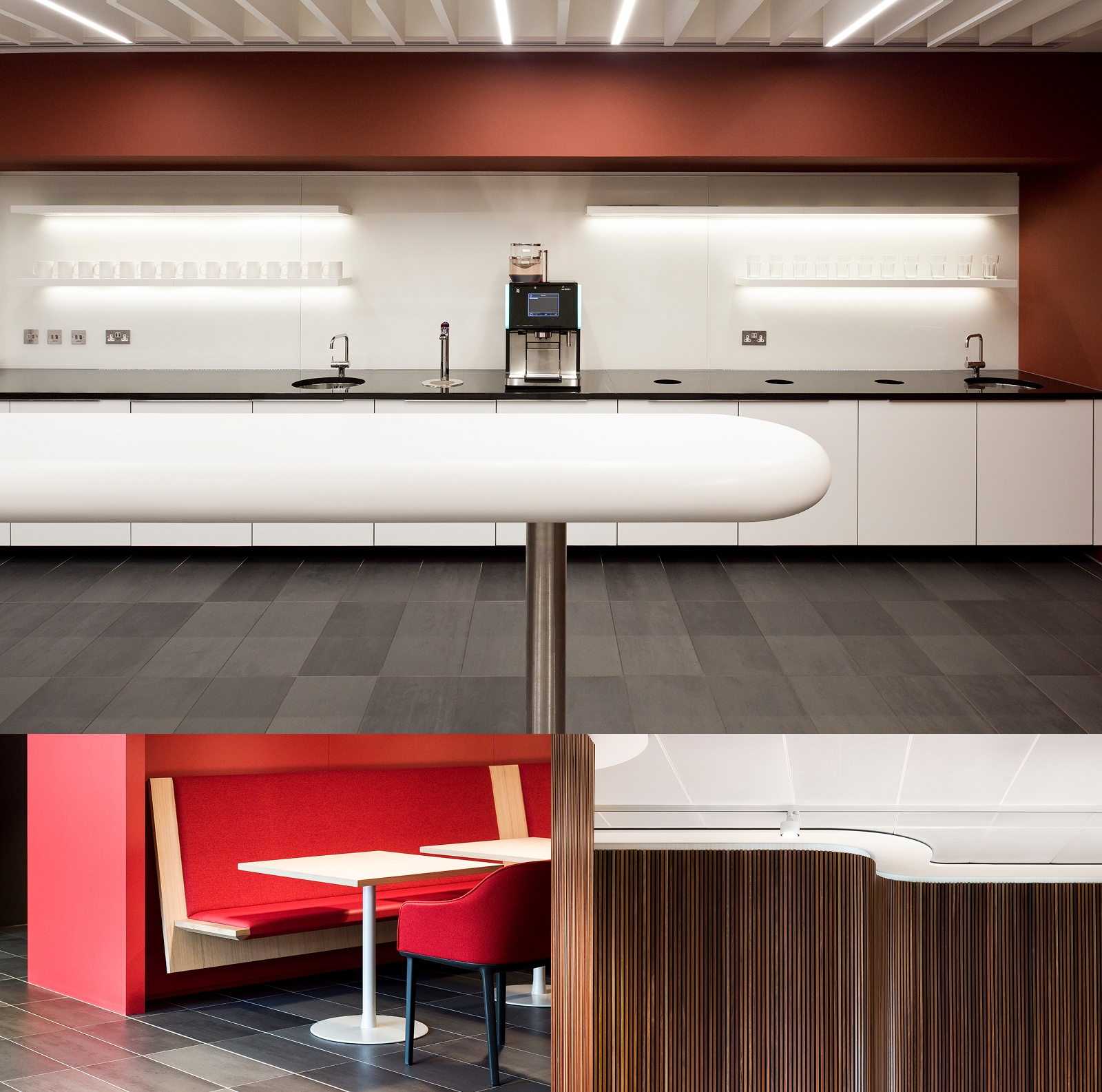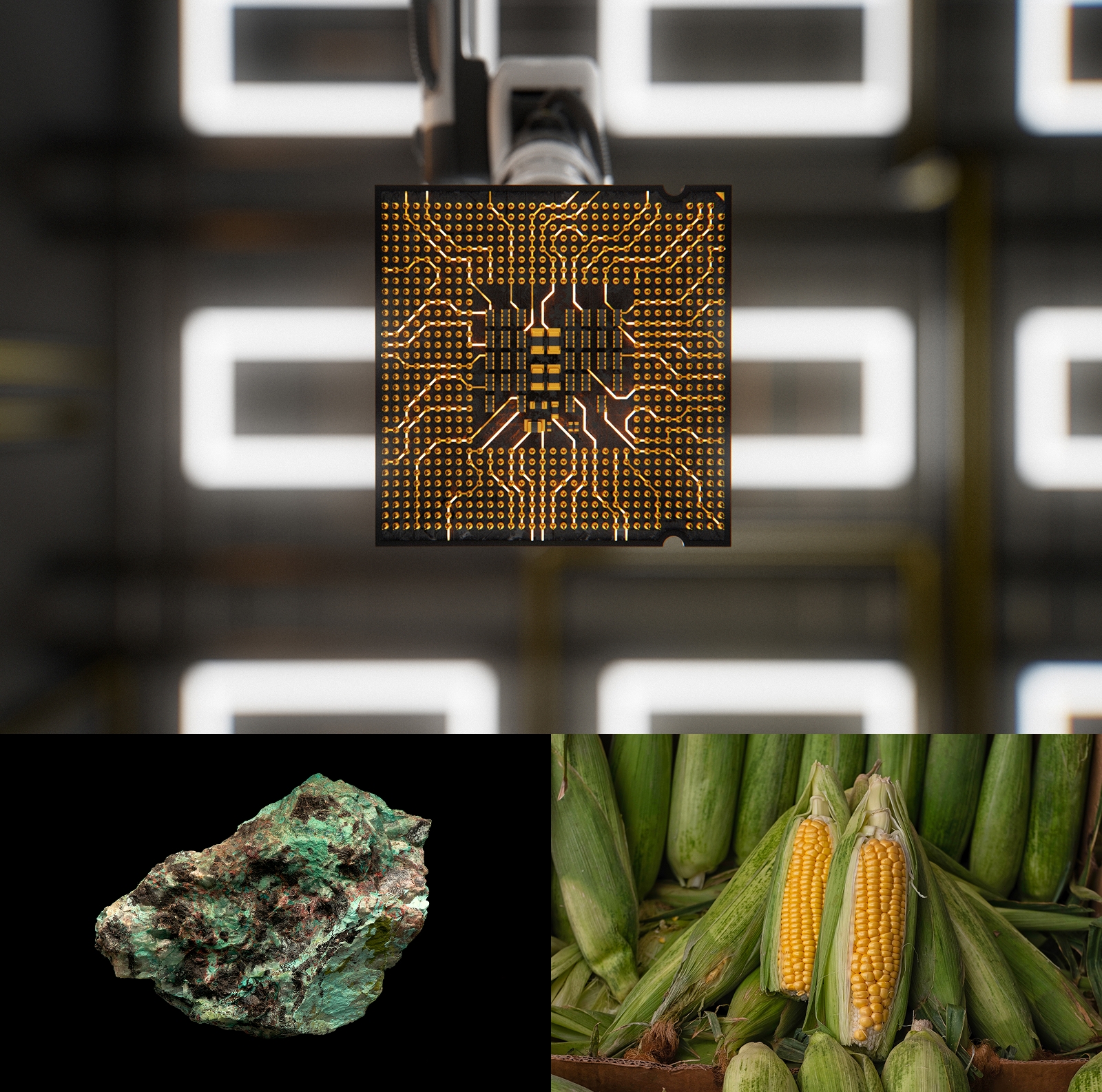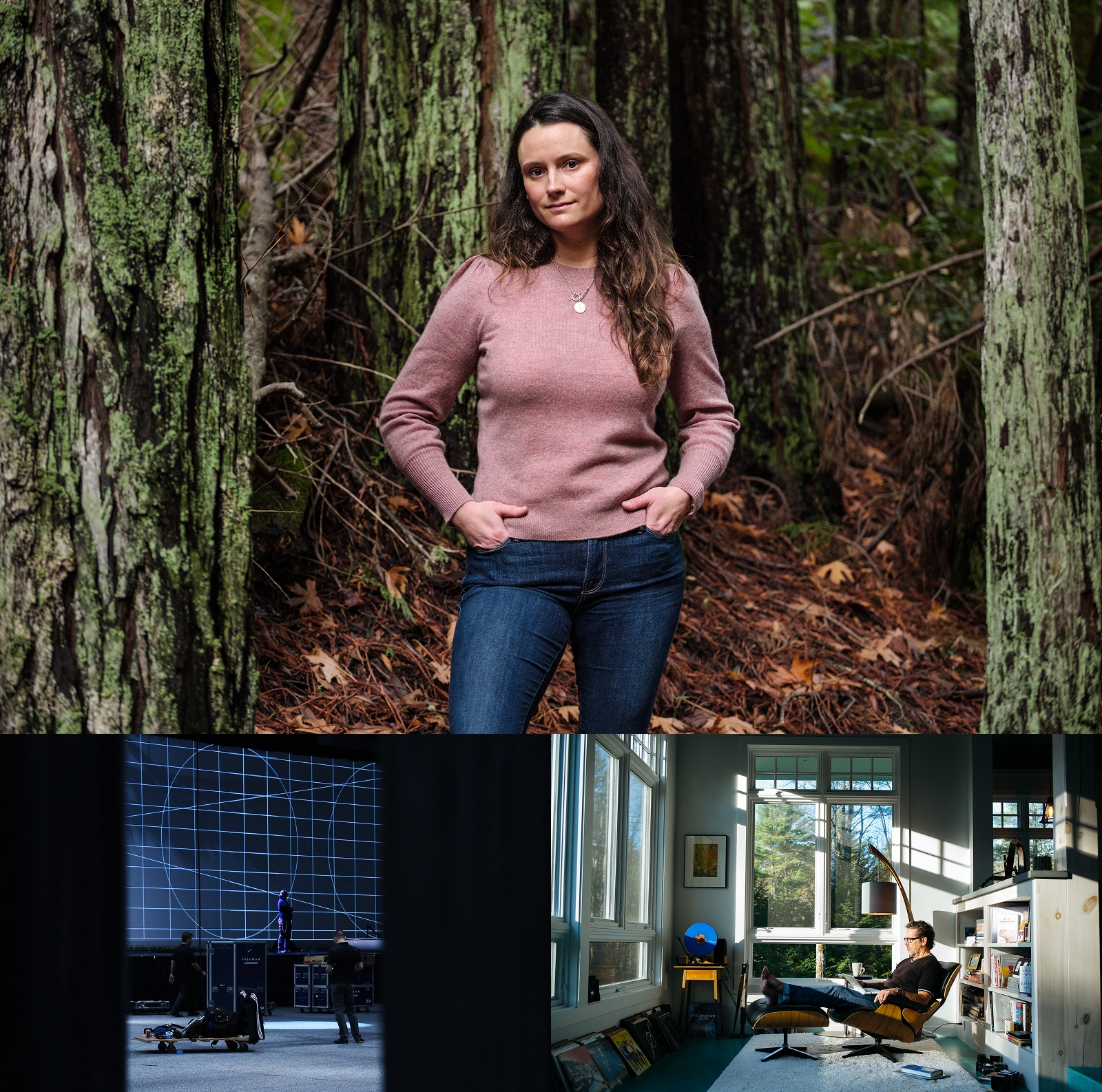Photography
We use four photo types to support a variety of communications, but they share one expectation: relevance. No matter the category or tone, photos should deepen understanding and align with the messaging and the audience receiving it. It’s this precision, in both content and tone, that brings clarity and focus to the viewer.
People
“People” encompasses a range of photographs, from posed portraits to candid, natural shots capturing people in various settings. They underscore the human element of our brand. In marketing, they may allude to how our people and clients engage with the world around them; for employee-focused uses, they show a person as they are. In all cases, choose people shots that feel authentic to the story, considering things like location or how the subject is dressed.
People photos are also an opportunity to illustrate our core belief that anyone can be an investor, and we showcase this diversity accordingly.

Place
“Place” encompasses a range of photographs featuring both built environments—such as cityscapes, streets, and architecture—and natural settings. For editorial or marketing uses, they may allude to investor interest or the culture of a place, adding texture or supporting a broader story. For events or employee-focused uses, they may be more literal, showing a space for what it is and how people interact in it.
Because this category also includes abstract interpretations of environments, all spaces should feel relevant to the content they accompany.

Object
“Object” photography includes still-life imagery and conceptual photography, which explores ideas and themes. These shots can stand alone, as in product or sales imagery, showing how something works or focusing on details. They may be more metaphorical, as in marketing and editorial use, suggesting impact or value or supporting an abstract idea.
Conceptual shots and visual metaphors are encouraged as long as they’re executed with refinement and avoid clichés. Object photos should feel purposeful and match the tone of your message.

Editorial
“Reportage” photography captures authentic, unposed moments as they unfold, often in real-world settings like events or public spaces. This story-driven style combines elements of people, places, and objects and brings clarity to headlines, articles, and internal communications.
Because editorial imagery assumes truth, it must feel authentic and foster a sense of immediacy and trust. Always consider who is represented, what the setting and mood convey, and how those factors might influence how the photo is perceived.

